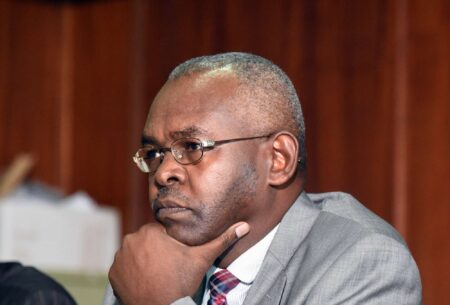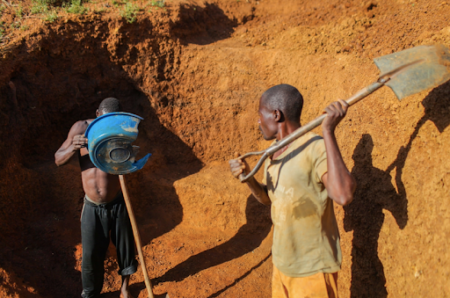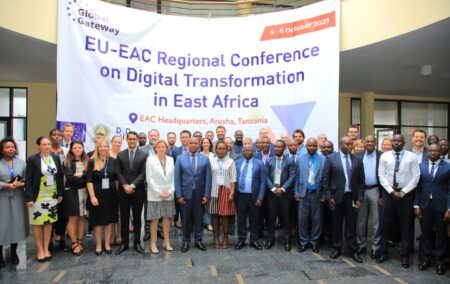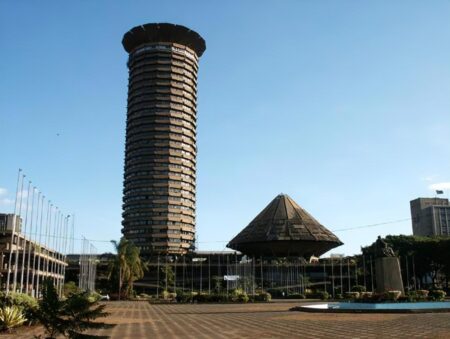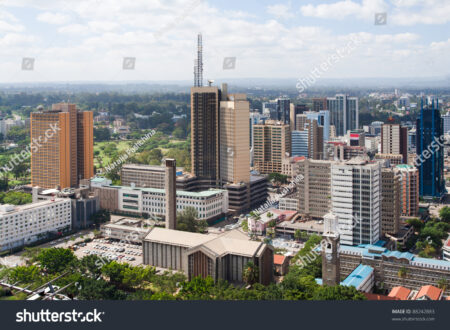The funds will support the Kenya Mortgage Refinance Corporation
The World Bank has approved a USD250 million International Bank for Reconstruction and Development (IBRD) loan to support housing projects in Kenya.
The funds are expected to enhance access to affordable housing finance for Kenyans who are unable to access long-term housing finance.
The Kenya Affordable Housing Finance Project (KAHFP) will support the establishment and operationalization of the Kenya Mortgage Refinance Corporation (KMRC), a largely private sector-owned and non-deposit taking financial institution under the supervision of the Central Bank of Kenya.
KMRC’s goal is to drive affordability of mortgages by providing more long-term funding to financial institutions, an incentive to enable them to offer long tenure loans to homebuyers.
The project will also assist the Ministry of Lands and Physical Planning to improve property registration and address structural constraints in the land management system in Kenya.
“We believe that Kenya’s vibrant private sector offers an excellent opportunity to crowd in privately held skills and resources towards achieving the country’s Big 4 affordable housing goals and in alignment with the World Bank Group’s Maximizing Finance for Development agenda,” said Felipe Jaramillo, World Bank Kenya Country Director.
READ:How Kenya plans to deliver 500,000 houses in three years
“Urban housing currently remains unaffordable for most Kenyans due to cost of financing, the short loan tenures and the high cost of properties,” Jaramillo added.
Currently, commercial banks in Kenya hold only about 26,000 mortgage loans of an individual value of USD110,000 (Ksh11,000,000).
The interest rate cap of 2016 coupled with an overall Non-Performing Loan (NPL) ratio of 12 per cent led banks to tighten their credit standards and offer variable rate loans, locking out middle to low income would-be homeowners.
Kenyans largely access loans from Savings and Credit Cooperatives (SACCOs) that are estimated to provide almost 90 per cent of Kenya’s total housing finance.
While SACCOs’ interest rates remain low at 12 per cent, they remain highly constrained by the short-term nature of their deposits liabilities and short loan tenures of not more than five years.
The KAHFP support will target households that are classified by the Government of Kenya to fall within the mortgage gap and low-cost categories and represent 95 per cent of the formally employed population.
“The project will endeavor to boost shared prosperity for all Kenyans by addressing rapid urbanization which often manifests itself through the development of slums,” said Caroline Cerruti, World Bank Senior Finance Specialist and Task Team Leader for the Project.
“The World Bank has supported many mortgage refinance companies in emerging markets, and Kenya has the right pre-conditions for KMRC to be successful, such as supportive macroeconomic conditions, well developed capital markets and financial institutions active in housing finance,” she added.
KAHFP is expected to increase access to finance by tripling the proportion of urban households having access to a mortgage.
The project will promote inclusive finance through KMRC serving SACCOs and microfinance banks which target borrowers on low and irregular incomes.
Investment into affordable housing will have a strong economic multiplier effect given the number of linked sectors and could support 132,000 new jobs. Better housing conditions are also linked to improved health and education outcomes.
The project will be implemented through KMRC, the National Treasury and the Ministry of Lands and Physical Planning.






